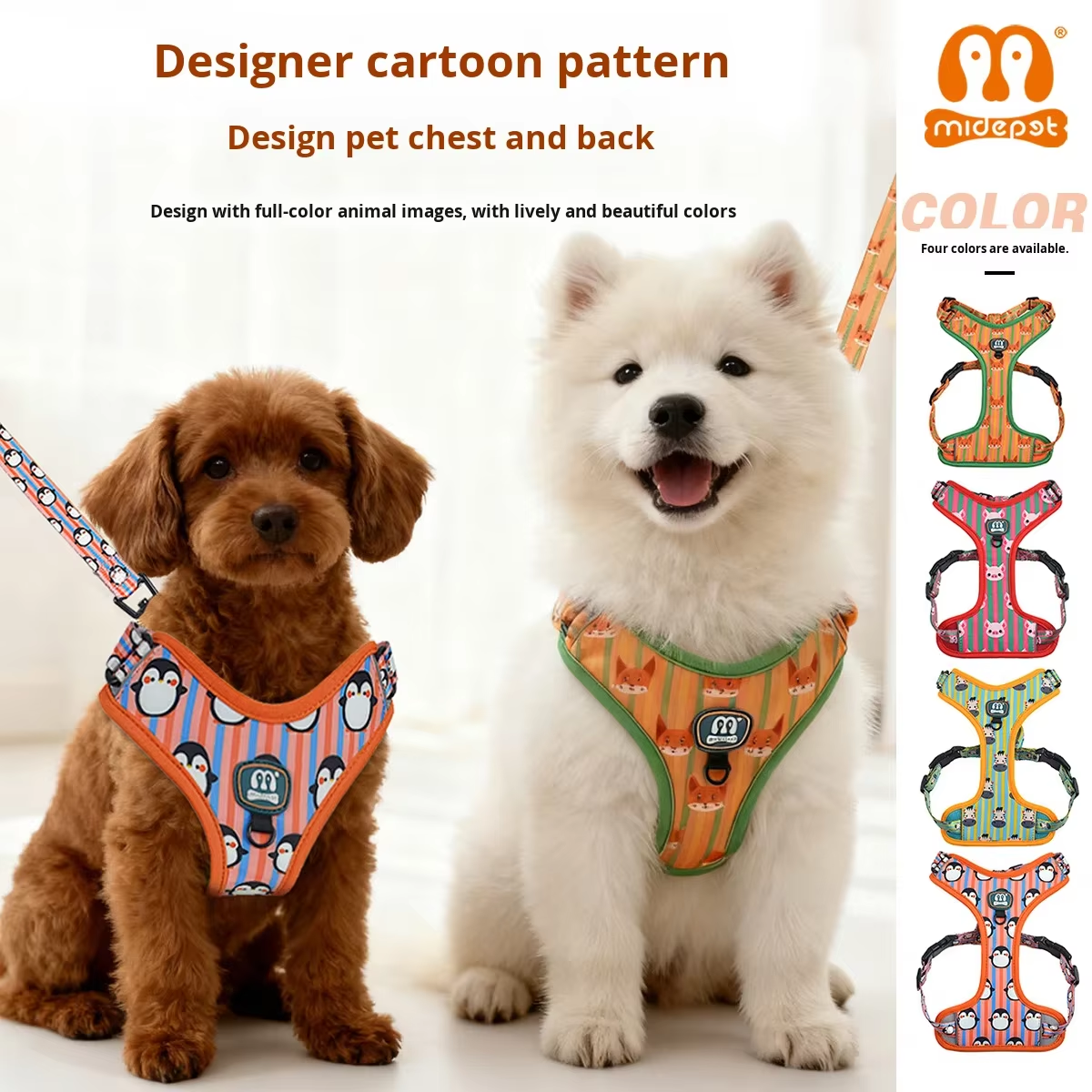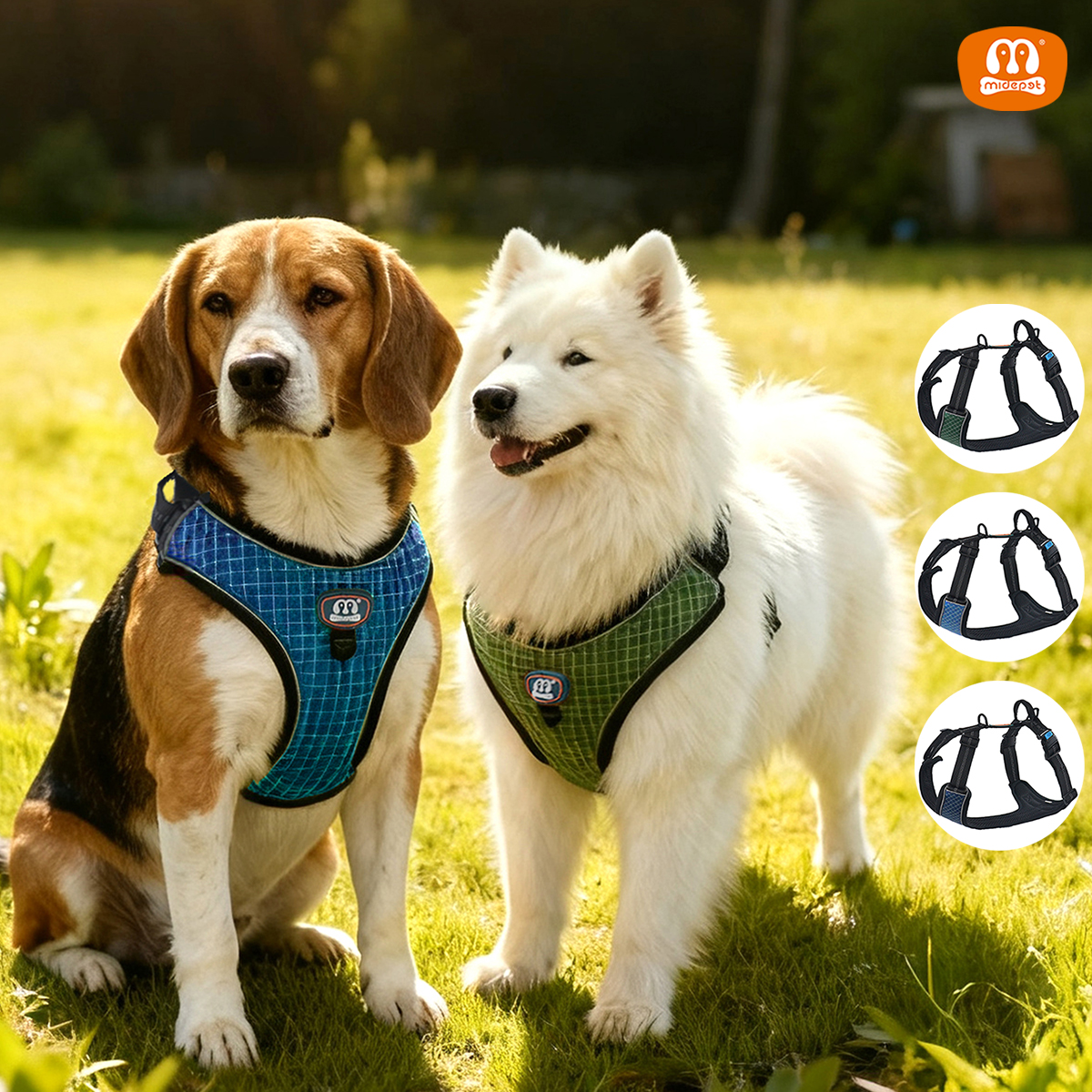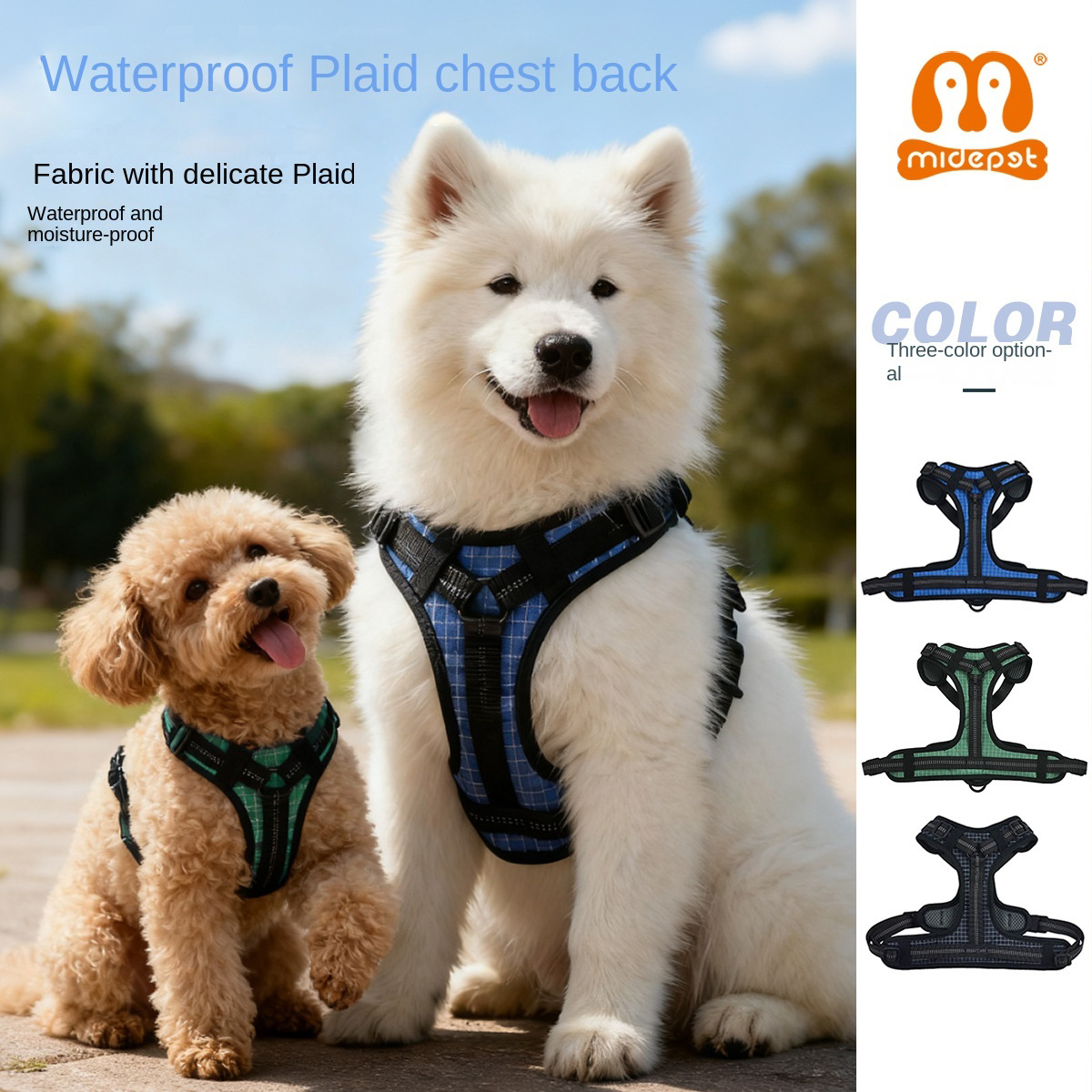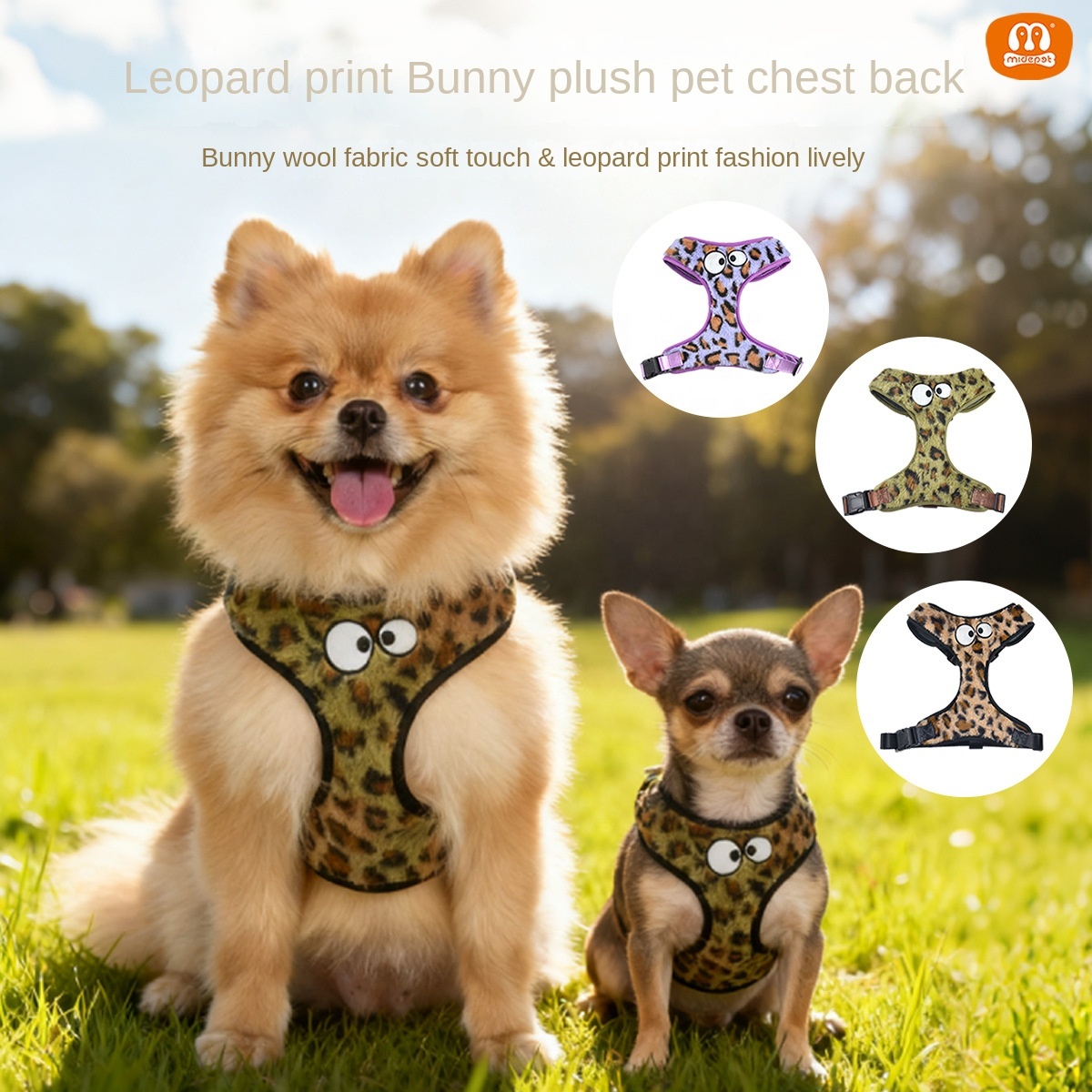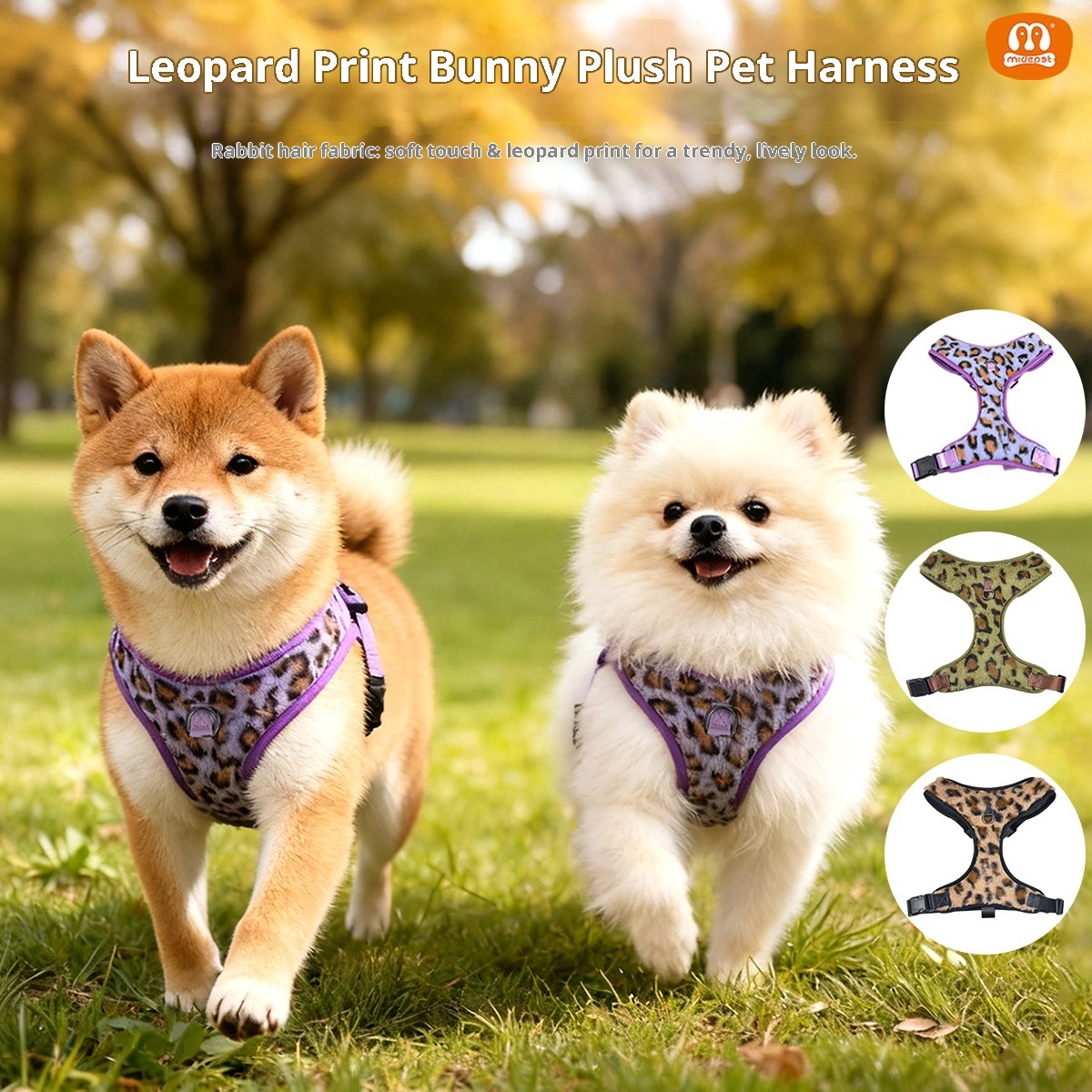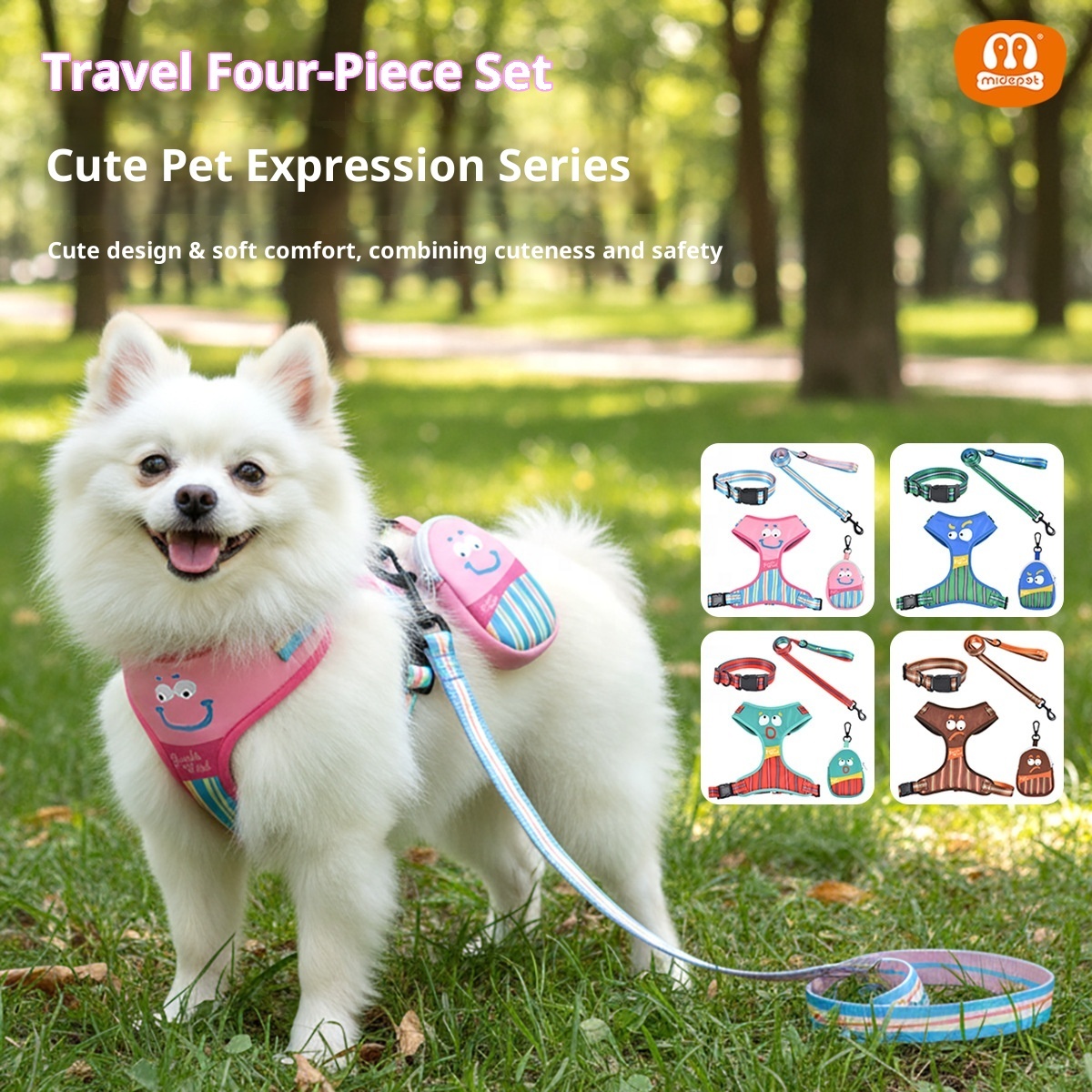What Type of Collar Is Best for Dog Training?
What Type of Collar Is Best for Dog Training?
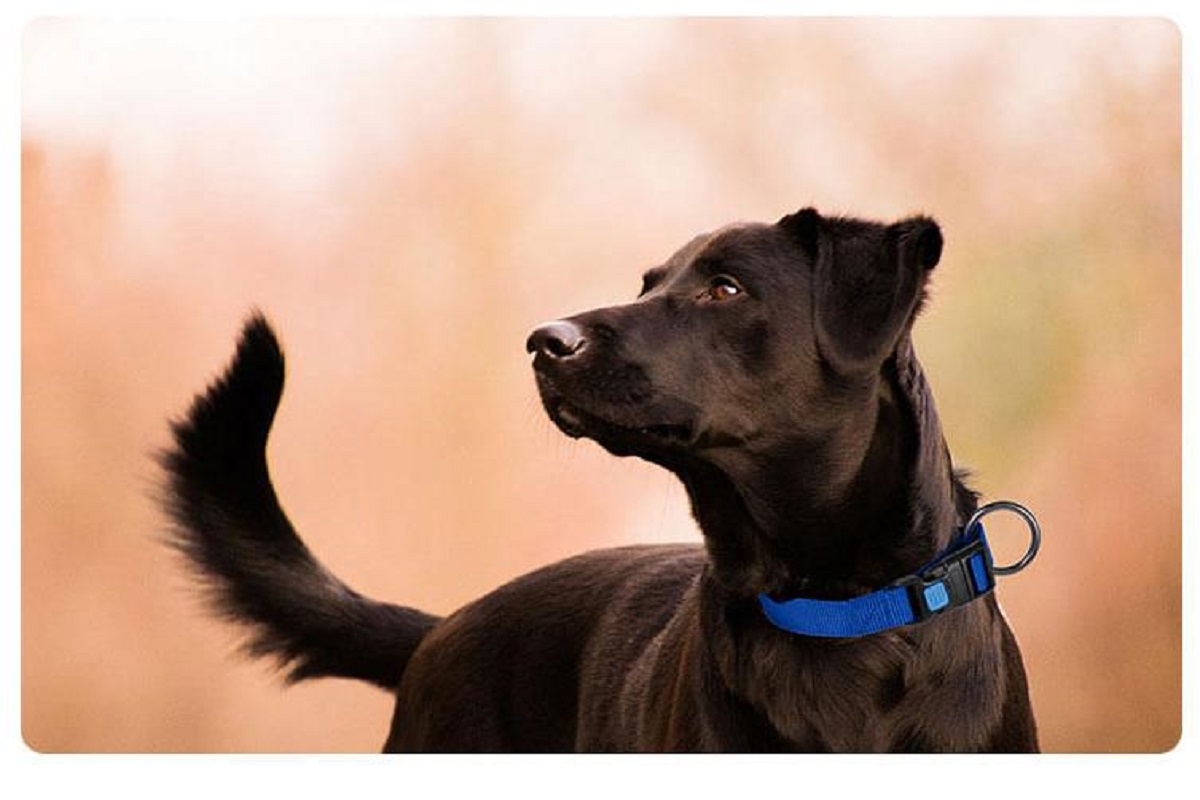
Training your dog can be an enjoyable experience for both you and your furry friend, but having the right tools is key to success. One of the most important tools for training is a good collar. With so many types of training collars on the market, choosing the best one for your dog can feel overwhelming. In this article, we’ll explore the best training collars for dogs, the different types of collars available, and how to use a training collar effectively, especially for small dogs and puppies.
1. Best Training Collars for Dogs
Choosing the right collar depends on your dog's size, breed, temperament, and training goals. The best training collars are those that are comfortable for your dog, effective for training, and safe for long-term use.
Flat Collars
Flat collars are the most common type of collar and are often used for everyday wear. While not specifically designed for training, they can be useful for teaching basic commands like sit, stay, and come. Flat collars are ideal for dogs with mild behavior issues and puppies just starting out in training.
· Best For: Basic obedience training and daily wear.
· Suitable Breeds: All sizes, especially puppies and small dogs.
Martingale Collars
Martingale collars are sometimes called “no-slip” collars. They are especially useful for dogs with narrow heads, such as Greyhounds, because they tighten slightly when the dog pulls but without choking the dog. This makes them a popular choice for gentle training methods and leash training.
· Best For: Dogs that tend to slip out of regular collars.
· Suitable Breeds: Dogs with slim necks or small heads, including puppies.
Choke Collars
Choke collars, also known as slip collars, are designed to tighten around a dog's neck when it pulls. However, these collars should be used with caution as they can cause injury if not used properly. They are typically used by experienced trainers and for short-term training purposes.
· Best For: Advanced obedience training or behavior correction.
· Suitable Breeds: Larger or more stubborn dogs, but not recommended for small dogs or puppies.
Prong Collars
Prong collars are designed to apply even pressure around the dog’s neck when it pulls. The prongs mimic the way a mother dog corrects her puppies by gently pinching the skin. These collars are controversial and should only be used under the supervision of a professional trainer.
· Best For: Dogs that pull excessively or are difficult to control on a leash.
· Suitable Breeds: Medium to large dogs; not recommended for small dogs.
Electronic Collars (E-Collars)
E-collars, or electronic collars, use a mild electric stimulation to correct unwanted behavior. These collars come with a remote control and allow the owner to administer corrections from a distance. E-collars are commonly used in advanced obedience training and for off-leash control.
· Best For: Off-leash training or correcting severe behavior problems.
· Suitable Breeds: All breeds, but professional guidance is recommended.
2. Types of Collars for Small Dogs and Puppies
Training small dogs and puppies requires collars that are gentle yet effective. Collars that are too harsh can easily injure smaller dogs, so it’s important to choose the right type.
Flat Collars for Puppies
Flat collars are an excellent choice for puppies because they are comfortable and easy to adjust as the puppy grows. They are perfect for teaching basic commands and leash manners in a gentle, non-intimidating way.
Martingale Collars for Small Dogs
Martingale collars are great for small dogs that have a tendency to slip out of their collars. The gentle tightening action is effective for training without being too harsh for a small dog’s delicate neck.
Harnesses for Small Dogs
While not technically a collar, harnesses can be a better option for training small dogs. Harnesses distribute pressure more evenly and are often recommended for small breeds or dogs with respiratory issues. A no-pull harness can be particularly useful for leash training.
Head Collars for Small Dogs
Head collars are designed to give the owner more control over the dog's head and body, which can be useful for small dogs that pull. However, they require proper training to use correctly.
3. Types of Puppy Training
When training a puppy, it’s important to start with the basics and gradually introduce more advanced techniques. Here are some key training stages and collar types for each.
Basic Obedience Training
In the early stages of puppy training, a flat collar or lightweight harness is usually sufficient. Focus on teaching commands like sit, stay, and come using positive reinforcement techniques. Puppies should not be subjected to harsh corrections, so avoid prong and choke collars at this stage.
Leash Training
Leash training is essential for all puppies. A no-pull harness or martingale collar can be helpful during this phase. Puppies tend to pull or get distracted easily, so using a collar that gives you gentle control is important for consistent training.
Advanced Obedience Training
As your puppy grows and learns basic obedience, you may want to introduce more advanced commands or off-leash training. An e-collar or head collar can be introduced under the guidance of a professional trainer to ensure your puppy responds well to more complex training.
4. How to Use a Training Collar Effectively
A training collar is only as good as the way it’s used. Even the best training collar for dogs can be ineffective or even harmful if not used properly.
Proper Fit
Ensure the collar fits snugly but not too tightly. You should be able to fit two fingers between the collar and your dog's neck. A poorly fitted collar can cause discomfort or injury.
Start with Positive Reinforcement
Regardless of the type of collar you use, always start training with positive reinforcement. Reward your dog for good behavior with treats, praise, or play. The collar should be a tool for guidance, not punishment.
Use Gradual Corrections
If using a correction-based collar such as a prong or choke collar, apply corrections gradually. A quick, gentle tug on the leash is usually all that’s needed to get your dog’s attention. Avoid pulling or jerking the leash excessively, as this can harm your dog.
Don’t Overuse the Collar
A training collar should not be left on all the time. Once the training session is over, remove the collar to prevent irritation or injury. It’s important to use training collars only during supervised training sessions.
Consult a Professional
If you’re unsure about how to use a particular collar, consult a professional dog trainer. A trainer can show you how to use the collar safely and effectively, and help you avoid common mistakes.
5. Conclusion
Choosing the best training collar for your dog depends on a variety of factors, including your dog’s size, temperament, and training needs. Flat collars and martingale collars are ideal for puppies and small dogs, while prong and electronic collars may be more suitable for larger breeds with specific training challenges. No matter which collar you choose, remember to prioritize your dog’s comfort and safety, and consult a professional if you need guidance on how to use a training collar effectively.
With patience, consistency, and the right tools, your dog can become a well-behaved companion in no time. Whether you're working with a playful puppy or a stubborn adult dog, the right collar can make all the difference in achieving your training goals.


